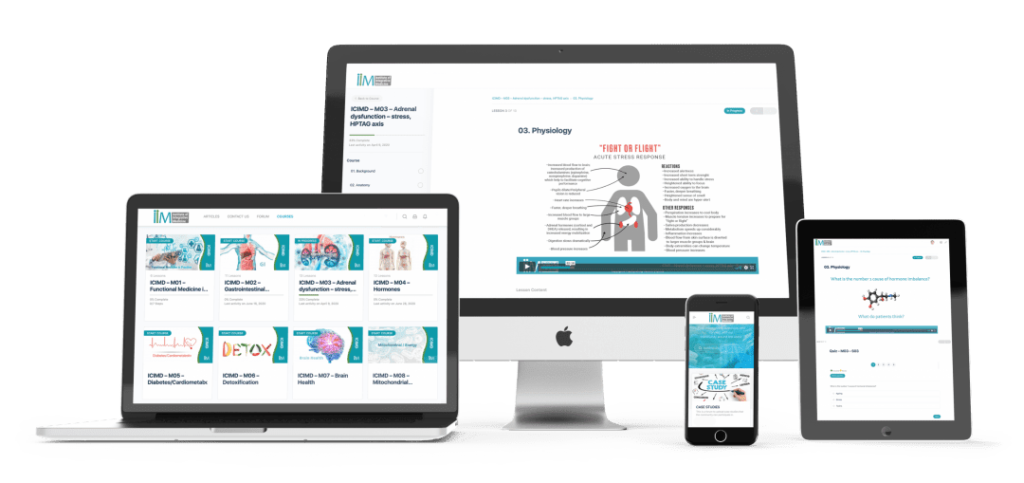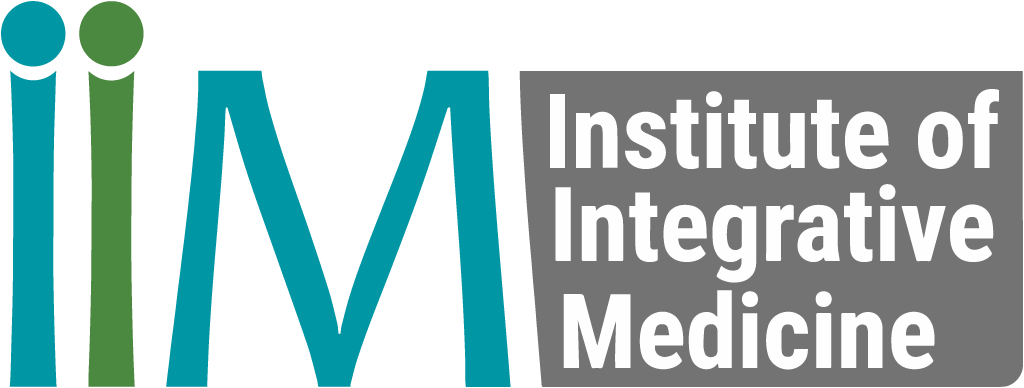Managing our Epigenetic Code
The world has changed dramatically since the dawn of humanity. Earliest sapiens had different stress triggers than we have today. We can imply that their stressors lay in more rudimentary things like food supply and predator evasion. The main concerns within urban areas do not surround food supply, but rather finances, schooling, housing and career projections which induce chronic stress. It is important to look at these stressors, in order for clinicians and public health services to properly investigate treatment protocols.
One can’t look at the genetic sequence and expect to understand the definition of gene expression or cellular function. Scientists have discovered that, by looking at epigenetic functions, we can understand a lot more about how our genes affect us. The epigenome comprises a multitude of chemical compounds and proteins that can attach to DNA and direct the deactivation and activation of certain genes. It, however, does not change the DNA sequence.
Epigenetics refers to the effect of chemical tags that attach themselves to the DNA sequence, and can cause certain genes to be turned “on” or “off” (activated or deactivated). For example, a certain chemical tag can deactivate the gene that is responsible for producing tumour suppressing proteins. Thus, leading to an increased risk of developing cancer. Scientists and clinicians can conduct genetic tests, and study these results to better prevent and manage disease. Our behaviours and environments have been shown to directly affect the epigenetic code. Poor dietary and lifestyle habits may, indeed, contribute to more serious health issues in the future.
DNA methylation and histone modifications
An example of an epigenetic change is DNA methylation. This refers to the addition of a methyl group (chemical tag) to a DNA molecule, and can prevent certain gene expressions from taking place. Methyl group tags can either disturb the cellular transcription or result in gene silencing. They can also influence the binding of proteins within the DNA sequence.
DNA methylation and histone modifications are involved in establishing patterns of gene expression during development. These are referred to as “epigenetic marks” or “epigenetic tags”.
When proteins and genes are affected, this leads to a change in the function of cells. Think about any chemical reaction, too little or too much of a certain compound can cause a completely different result. The same applies to epigenetic modifications, gene expression and protein production in the body.
Environmental impacts on epigenetics
Epigenetics can survive cell division, and can affect an individual for their entire life. When a cell splits, some genes are activated and some, deactivated. There are 200 different cell types (liver cells, heart cells, etc), and all have the same genome. This being said, they all have their own unique epigenome. The epigenetic chemical tags can activate and deactivate certain genes, and can be influenced by an individual’s environment. These environmental factors include; diet, chemical exposure and medication. Our behavioural patterns have a huge role to play in our exposure to these factors.
Chemical changes are the result of these environmental factors, and can lead to disease. For example, if the gene that inhibits tumour-suppressing proteins is turned “off”, the individual’s risk of developing a tumour is higher. Scientific studies also suggest that these epigenetic changes can be inherited and passed down to our children.
Studies suggest that epigenetic modifications are induced by our environment. Cells are constantly receiving signals from our environment, in order to adapt to a certain situation, be it long or short term. These signals include our behavioural patterns like smoking, diet, stress and exercise patterns. These patterns of behaviour and environmental exposures can affect the expression of our genes, without changing the genetic sequence. Unlike genetic mutations, epigenetic tags and changes can be reversed through a number of strategies.
Stress management and epigenetics
Stress is linked to the change in gene expression. As mentioned above, these influential factors lie in the DNA methylation, histone modifications and microRNA activity. These factors can influence the way our cells adapt to stress and stress-inducing situations.
Dietary stress and epigenetic changes
Dietary stress was studied after the Dutch Famine of 1944. Studies showed that babies born to mothers who were malnourished had a lower-than-average weight at birth. Interestingly enough, the babies born to these children, years later, also suffered the same consequences. This led scientists to the conclusion that the epigenetic consequence of food shortage was passed down from one generation to the next. Aside from just a weight issue, these children were also far more likely to develop pathologies such as diabetes, obesity, cardiovascular disease and neuro-degenerative issues.
Exercise and epigenetic changes
Exercise has been closely linked to the improvement of epigenetic changes and hence, improvements in the expression of genes. Studies have been conducted on both healthy and diseased patients to analyse the outcomes of methylation and histone modification on our bodies when we engage in regular physical activity. The results seem to point in an obvious direction.
Exercise refers to a planned, structured regime of physical activity. The results differ in terms of the type, intensity and duration of the exercise. We are all aware that exercise aids in maintaining physical and mental wellbeing. But, how does it affect us on a cellular level? At the very core of the epigenome, small chemical changes happen whilst engaging in physical movement. This regular movement has been shown to aid patients suffering from symptoms related to diabetes/insulin resistance, obesity and cardiovascular disease. It can also help prevent the early onset of these chronic issues.
Insulin resistance is the inability of cells to respond to insulin action. It causes the onset of type 2 diabetes which is characterised by hyperglycaemia. The physiological and metabolic adjustment following physical activity occurs in skeletal muscle, which is related to the reconstruction of the DNA methylation profile within this tissue. These genes are involved in glucose and lipid metabolism in the body, and can be affected by actions induced by exercise. Exercise has also been shown to improve transcriptional gene regulation, increased lipid and glucose metabolism, and blood vessel development in patients with obesity and comorbidities.
Summary
The world has changed dramatically since the dawn of humanity. Earliest sapiens had different stress triggers than we have today. We can imply that their stressors lay in more rudimentary things like food supply and predator evasion. These may still be large concerns for the greater population that lie beneath the poverty line. For those living in urbanised areas, stressors look very different. The main concerns within urban areas do not surround food supply, but rather finances, schooling, housing and career projections which induce chronic stress. This long term stress can have detrimental effects on bodily functions. It is important to look at these stressors, in order for clinicians and public health services to properly investigate treatment protocols. These protocols might look like government subsidies for food supply and housing in impoverished areas, or lessened work hours in urbanised areas. More individualised protocols can be instituted for those that can afford it, such as lifestyle modification, exercise regimes and dietary plans.
How do I Become a Functional Medicine Practitioner to learn more about Managing the Epigenetic Code?

The Institute of Integrative Medicine is a global leader in the field of Preventive and Integrative Medicine Education. We offer certified online courses helping you to take charge of your practice and improve the quality of life for your patients. Integrative medicine and epigenetics have the potential to transform healthcare. Find out more about the courses we offer today!

